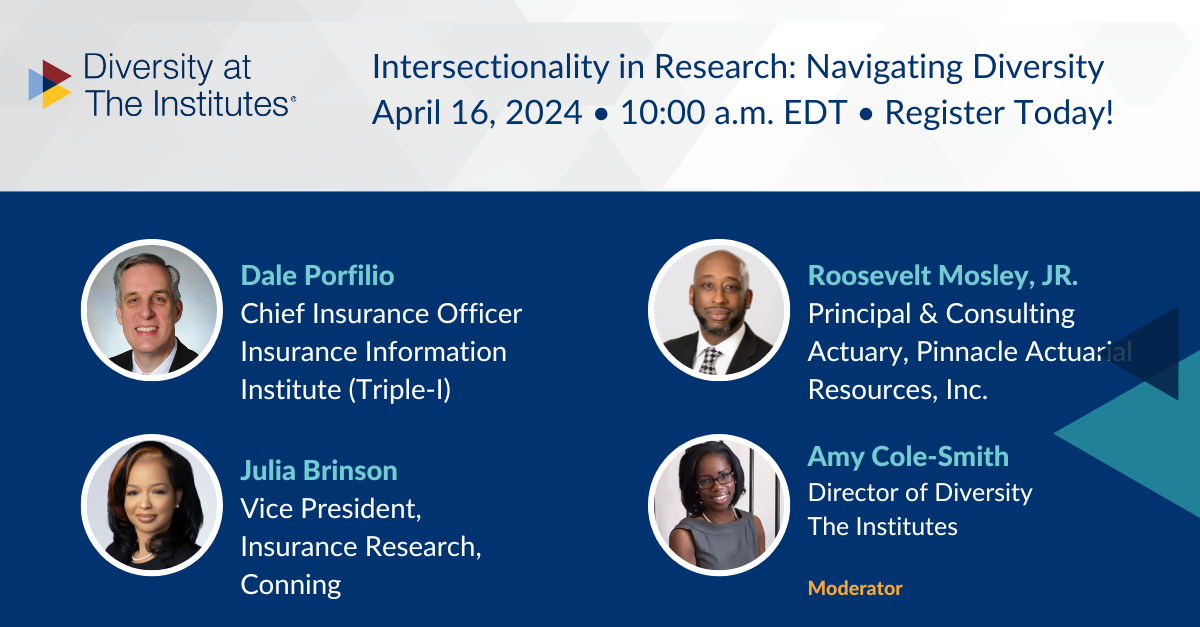
The Casualty Actuarial Society (CAS) has added to its growing body of research to help actuaries detect and address potential bias in property/casualty insurance pricing with four new reports. The latest reports explore different aspects of unintentional bias and offer forward-looking solutions.
The first – “A Practical Guide to Navigating Fairness in Insurance Pricing” – addresses regulatory concerns about how the industry’s increased use of models, machine learning, and artificial intelligence (AI) may contribute to or amplify unfair discrimination. It provides actuaries with information and tools to proactively consider fairness in their modeling process and navigate this new regulatory landscape.
The second new paper — “Regulatory Perspectives on Algorithmic Bias and Unfair Discrimination” – presents the findings of a survey of state insurance commissioners that was designed to better understand their concerns about discrimination. The survey found that, of the 10 insurance departments that responded, most are concerned about the issue but few are actively investigating it. Most said they believe the burden should be on the insurers to detect and test their models for potential algorithmic bias.
The third paper – “Balancing Risk Assessment and Social Fairness: An Auto Telematics Case Study” – explores the possibility of using telematics and usage-based insurance technologies to reduce dependence on sensitive information when pricing insurance. Actuaries commonly rely on demographic factors, such as age and gender, when deciding insurance premiums. However, some people regard that approach as an unfair use of personal information. The CAS analysis found that telematics variables –such as miles driven, hard braking, hard acceleration, and days of the week driven – significantly reduce the need to include age, sex, and marital status in the claim frequency and severity models.
Finally, the fourth paper – “Comparison of Regulatory Framework for Non-Discriminatory AI Usage in Insurance” – provides an overview of the evolving regulatory landscape for the use of AI in the insurance industry across the United States, the European Union, China, and Canada. The paper compares regulatory approaches in those jurisdictions, emphasizing the importance of transparency, traceability, governance, risk management, testing, documentation, and accountability to ensure non-discriminatory AI use. It underscores the necessity for actuaries to stay informed about these regulatory trends to comply with regulations and manage risks effectively in their professional practice.
There is no place for unfair discrimination in today’s insurance marketplace. In addition to being fundamentally unfair, to discriminate on the basis of race, religion, ethnicity, sexual orientation – or any factor that doesn’t directly affect the risk being insured – would simply be bad business in today’s diverse society. Algorithms and AI hold great promise for ensuring equitable risk-based pricing, and insurers and actuaries are uniquely positioned to lead the public conversation to help ensure these tools don’t introduce or amplify biases.
Learn More:
Insurers Need to Lead on Ethical Use of AI
Bringing Clarity to Concerns About Race in Insurance Pricing
Actuaries Tackle Race in Insurance Pricing
Calif. Risk/Regulatory Environment Highlights Role of Risk-Based Pricing
Illinois Bill Highlights Need for Education on Risk-Based Pricing of Insurance Coverage
New Illinois Bills Would Harm — Not Help — Auto Policyholders











